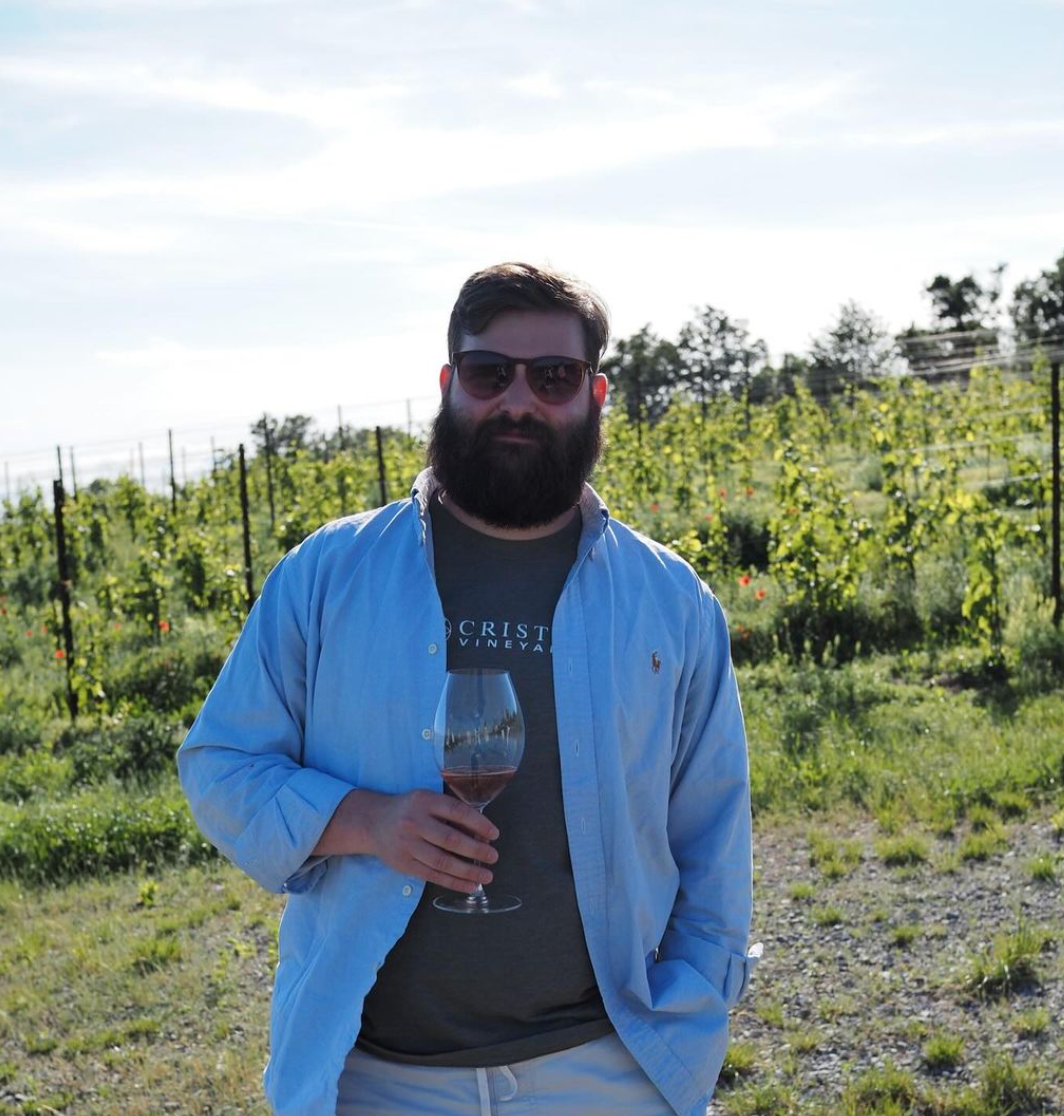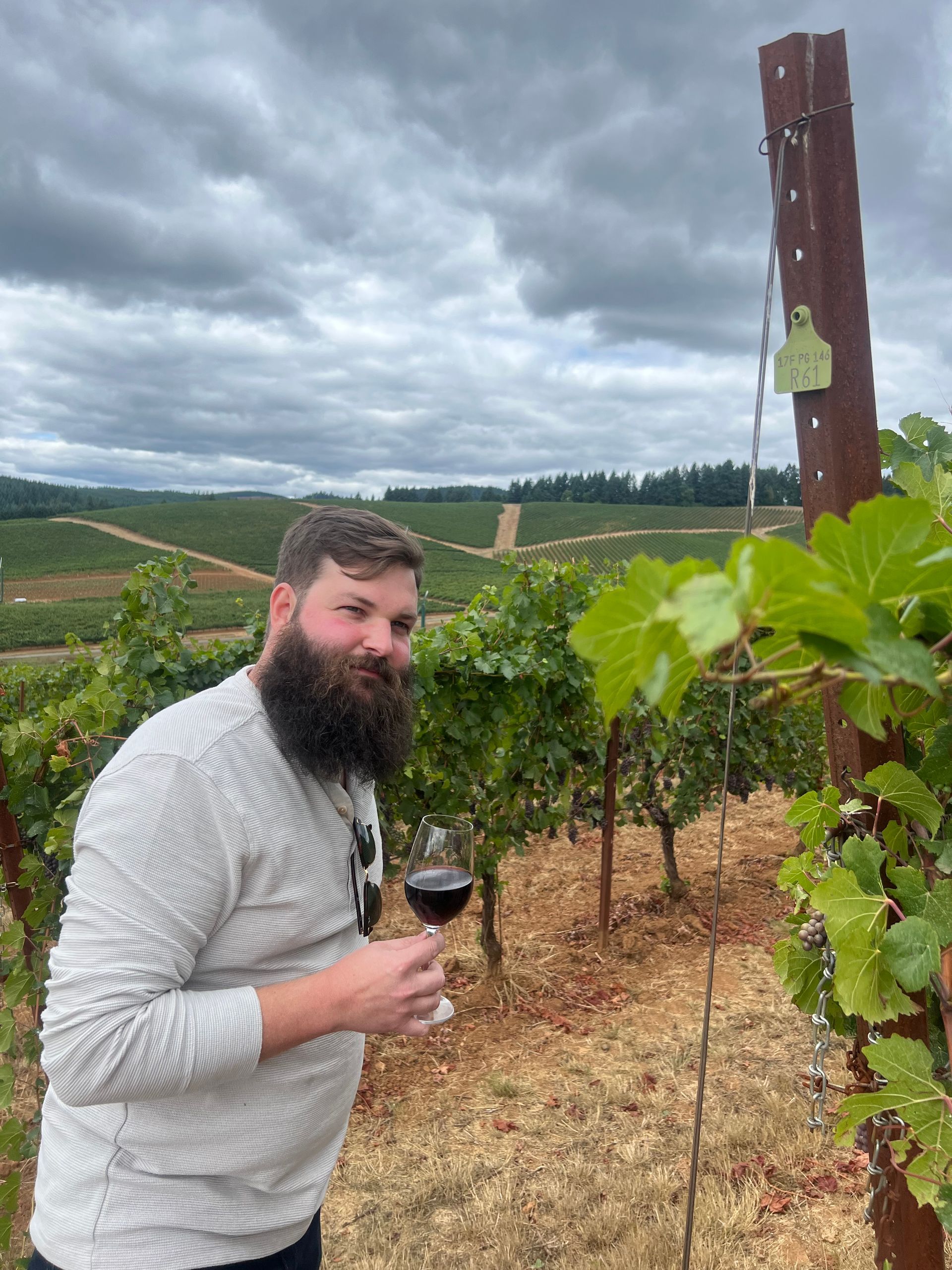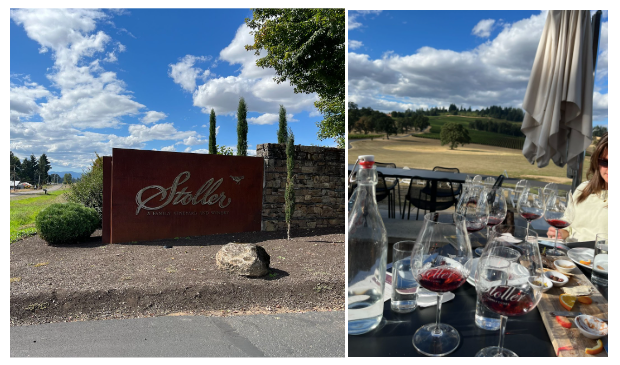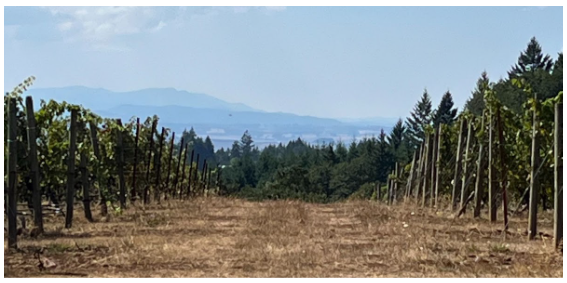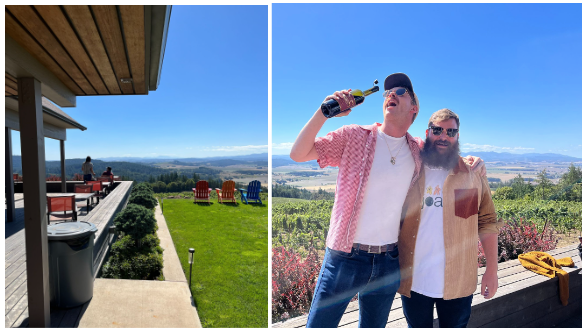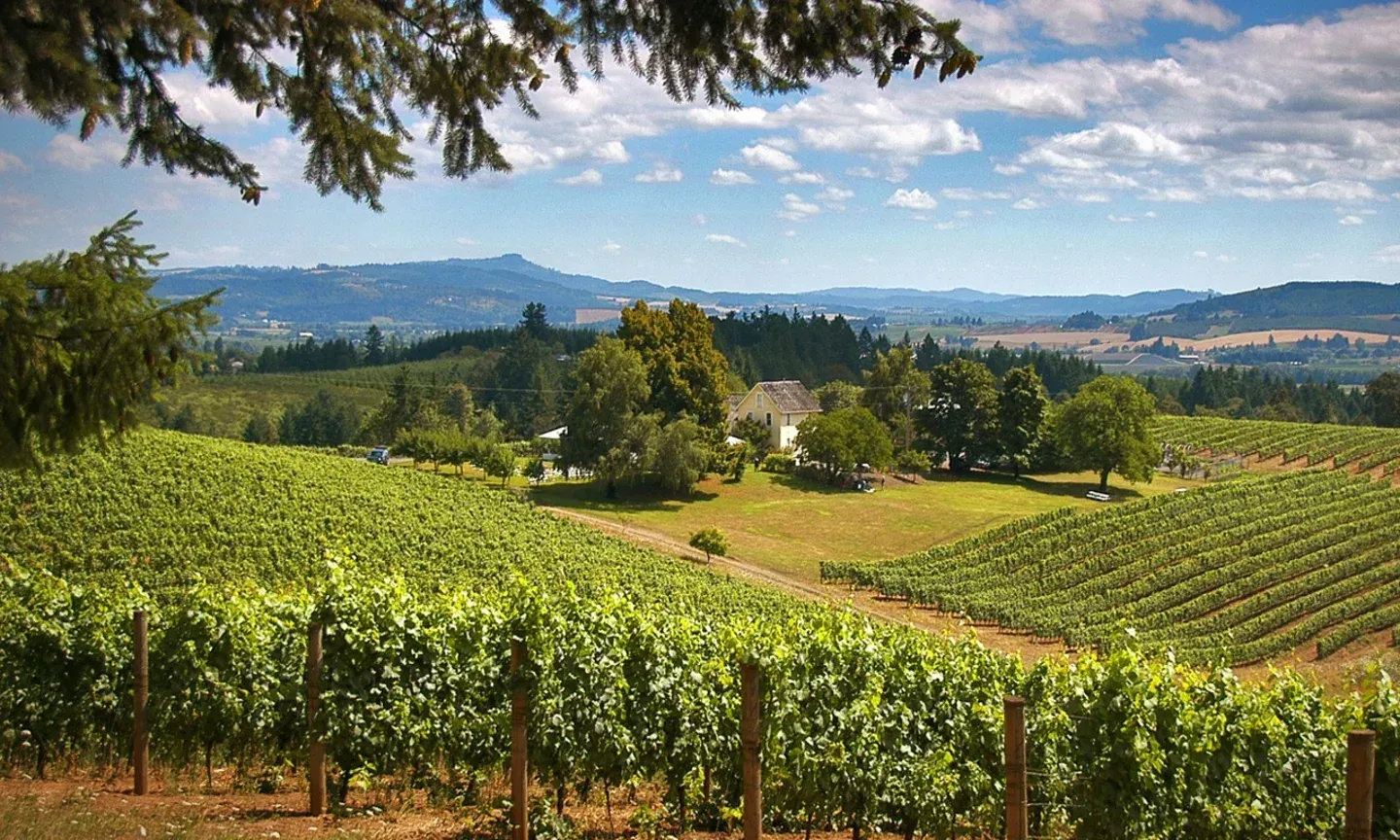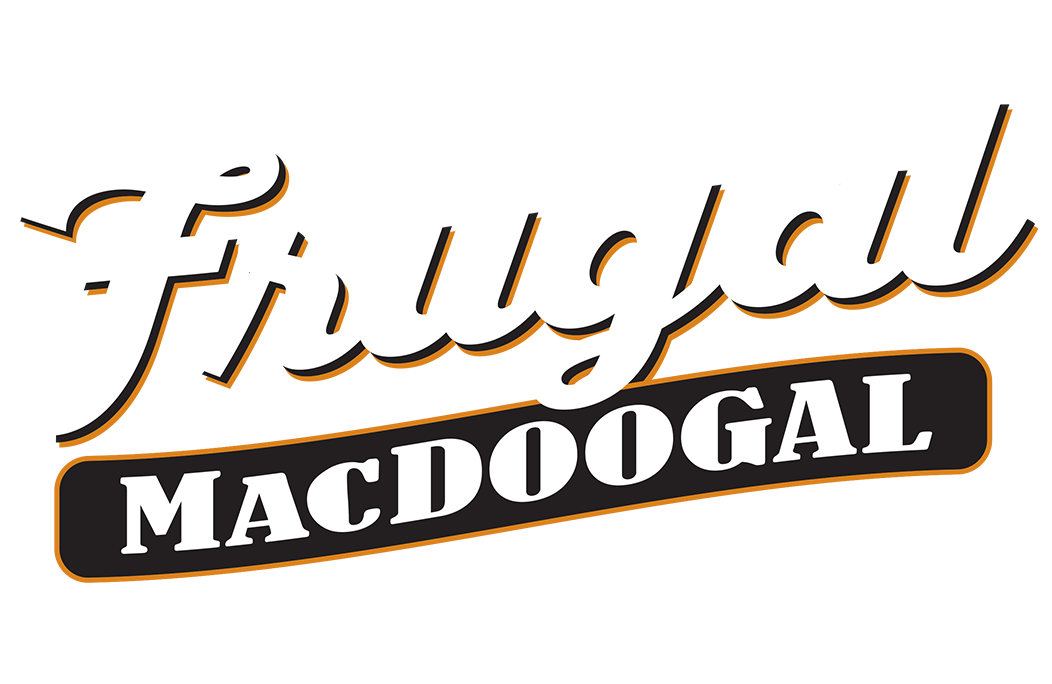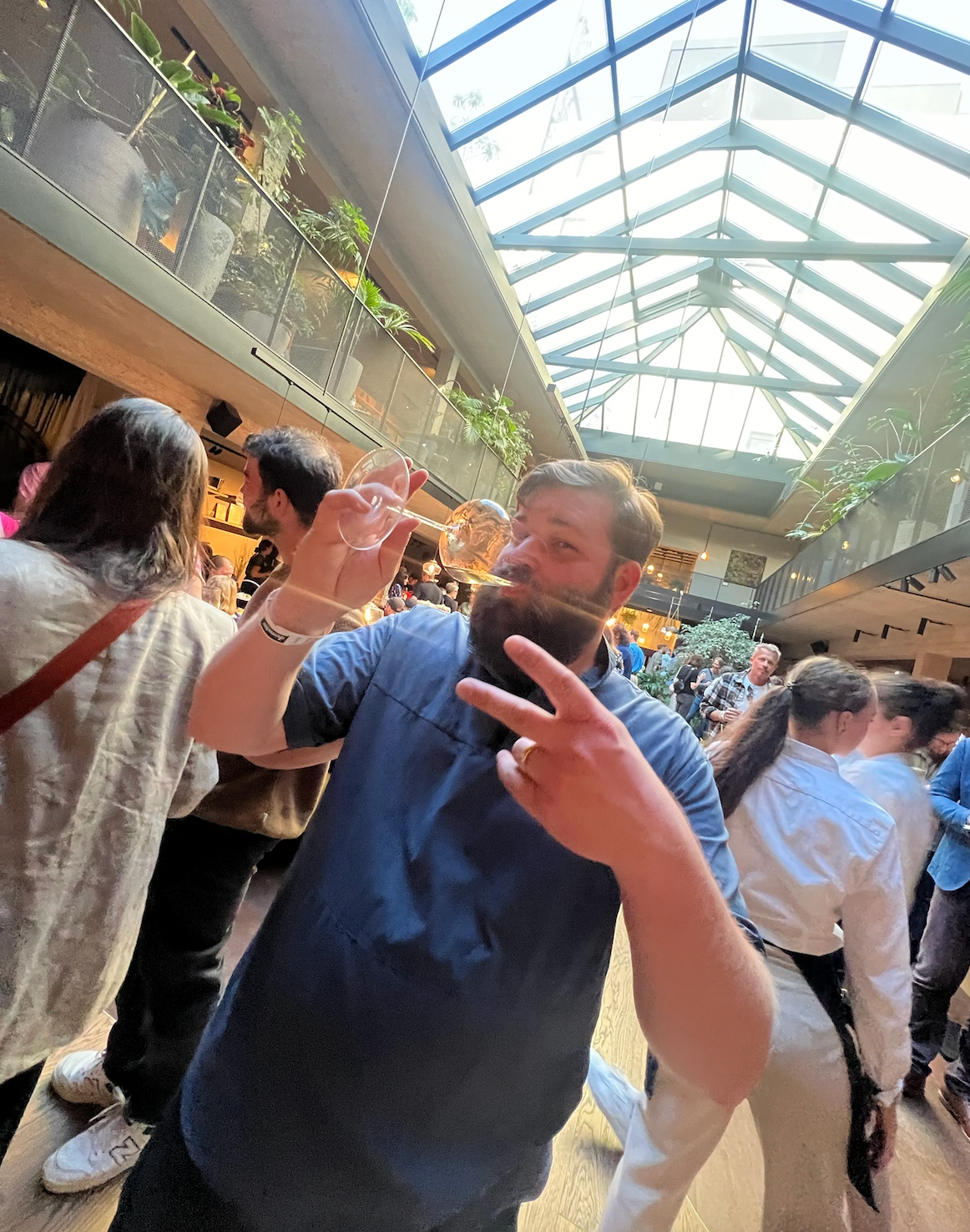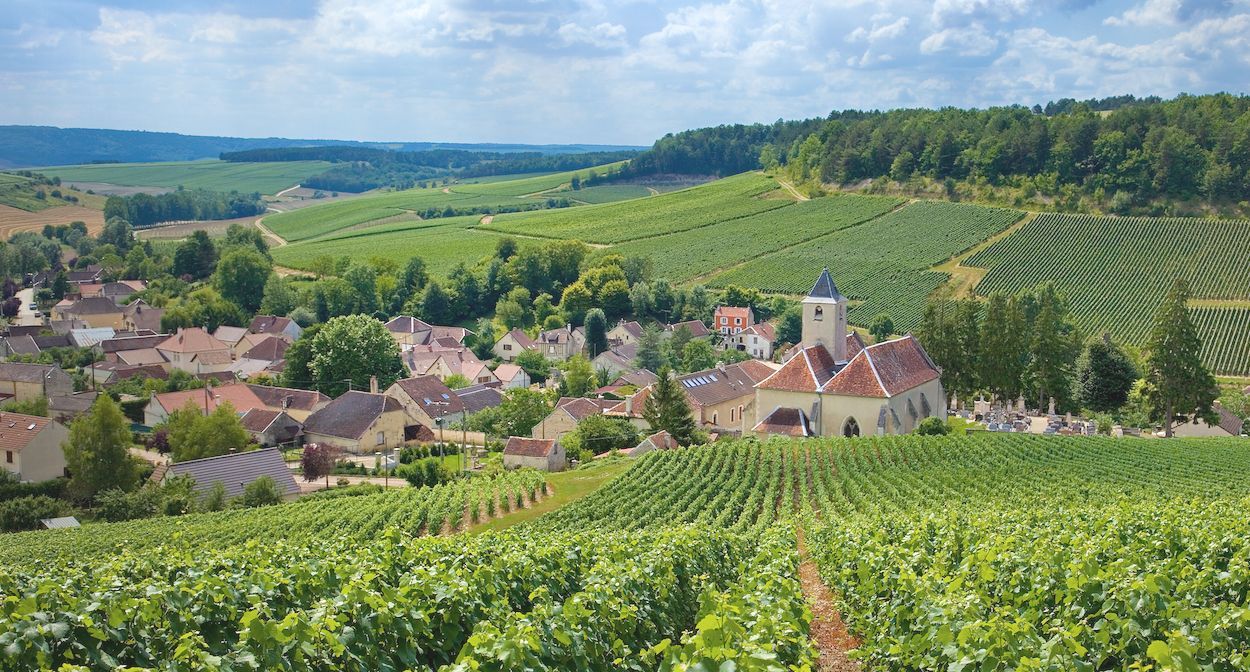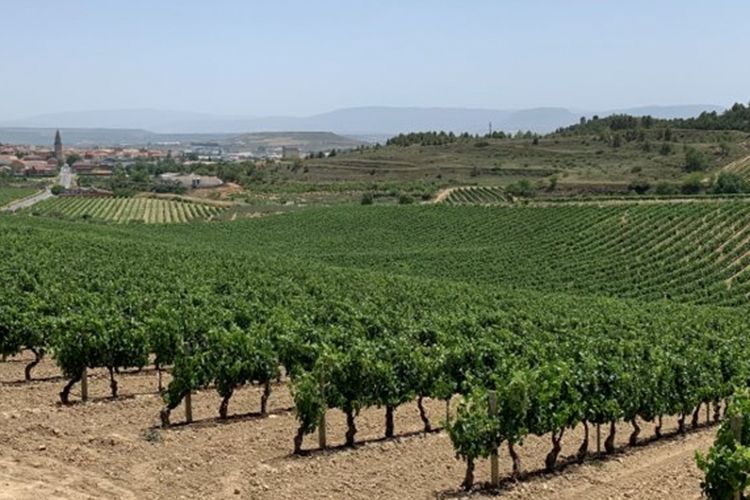Taking Y'all to Church
Today I'm takin y'all to church with a little church/wine history!
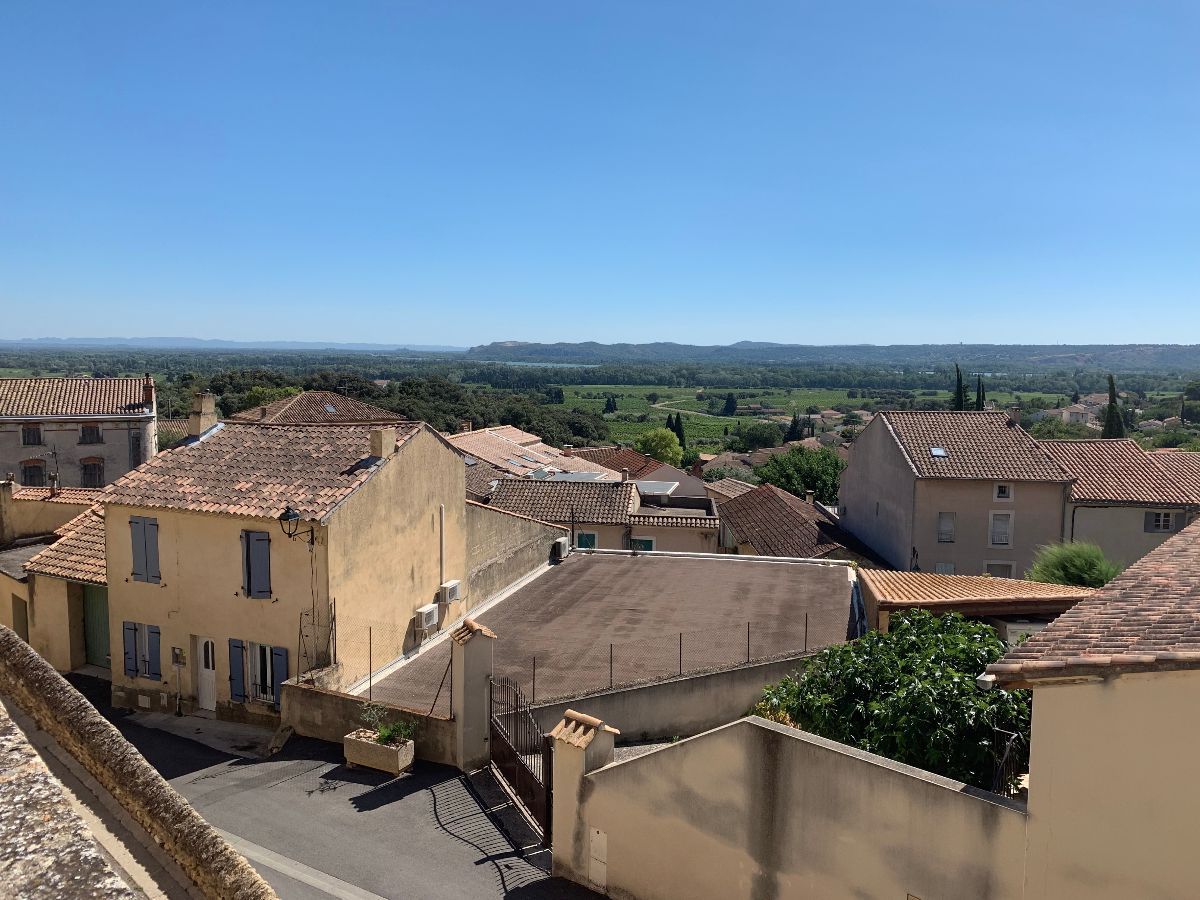
Church history and the history of wine go hand in hand as the Church has played a significant role in the development of wine making and consumption. Last summer I was lucky enough to visit one of the most significant historical sites of both church and wine - Châteauneuf-du-Pape! First, a little back story. Last year my brother started talking about how he'd like to do some traveling after he graduates and before he finds a steady job. When his graduation from UTK rolled around in December his mind had started to focus on Europe. By the following summer (2019) he was packed up and ready to ride his bicycle across the continent ha. I know, dope. So naturally my wife, sister, and I decided we couldn't let him bike across Europe without going to visit.
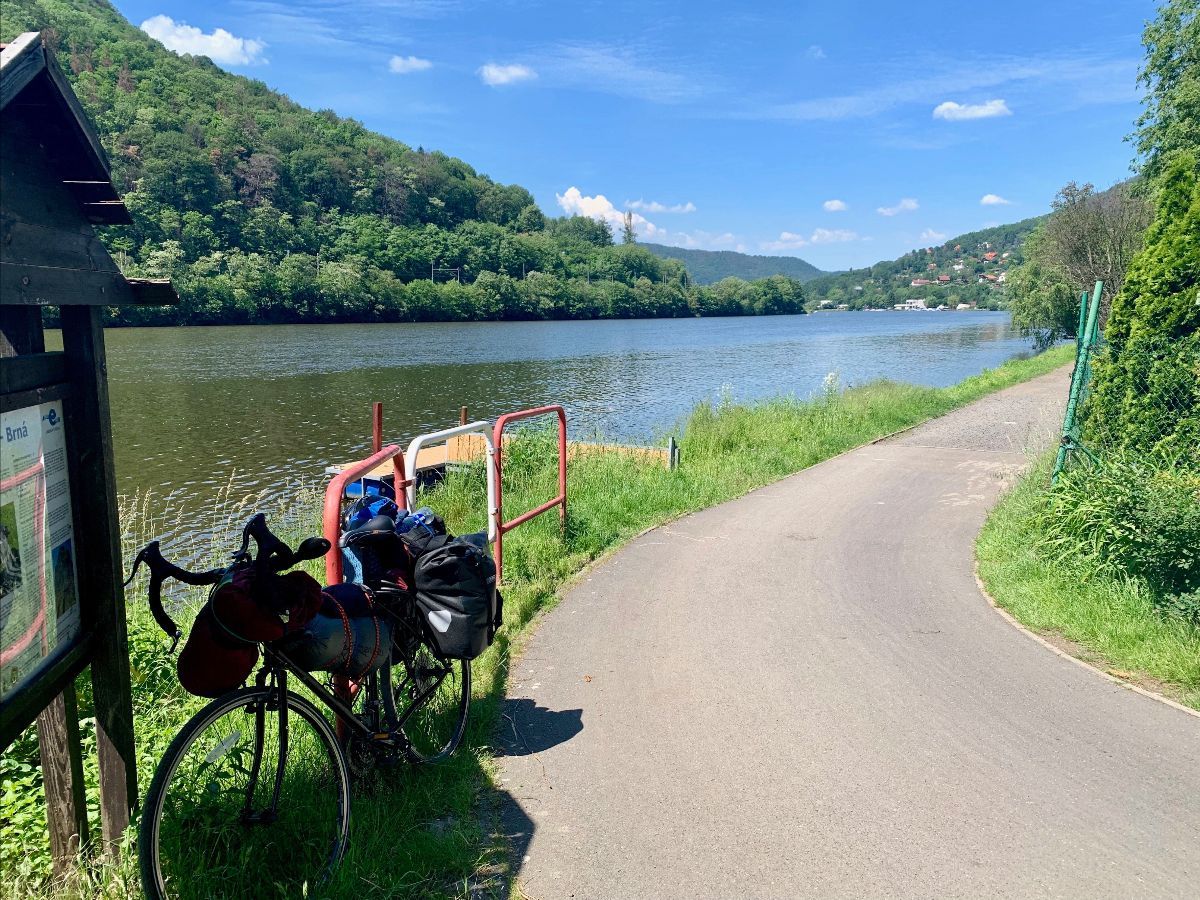
He started his ride in Berlin and rode south (above: a pic he took of his bike on the Elbe). We met him in Venice, Italy. From there the four of us flew from Venice to Marseilles, France. Then from Marseilles to Barcelona, Spain. From Barcelona we came home and Trevor continued on around back to Paris, and onto a few others places before flying home from Amsterdam.
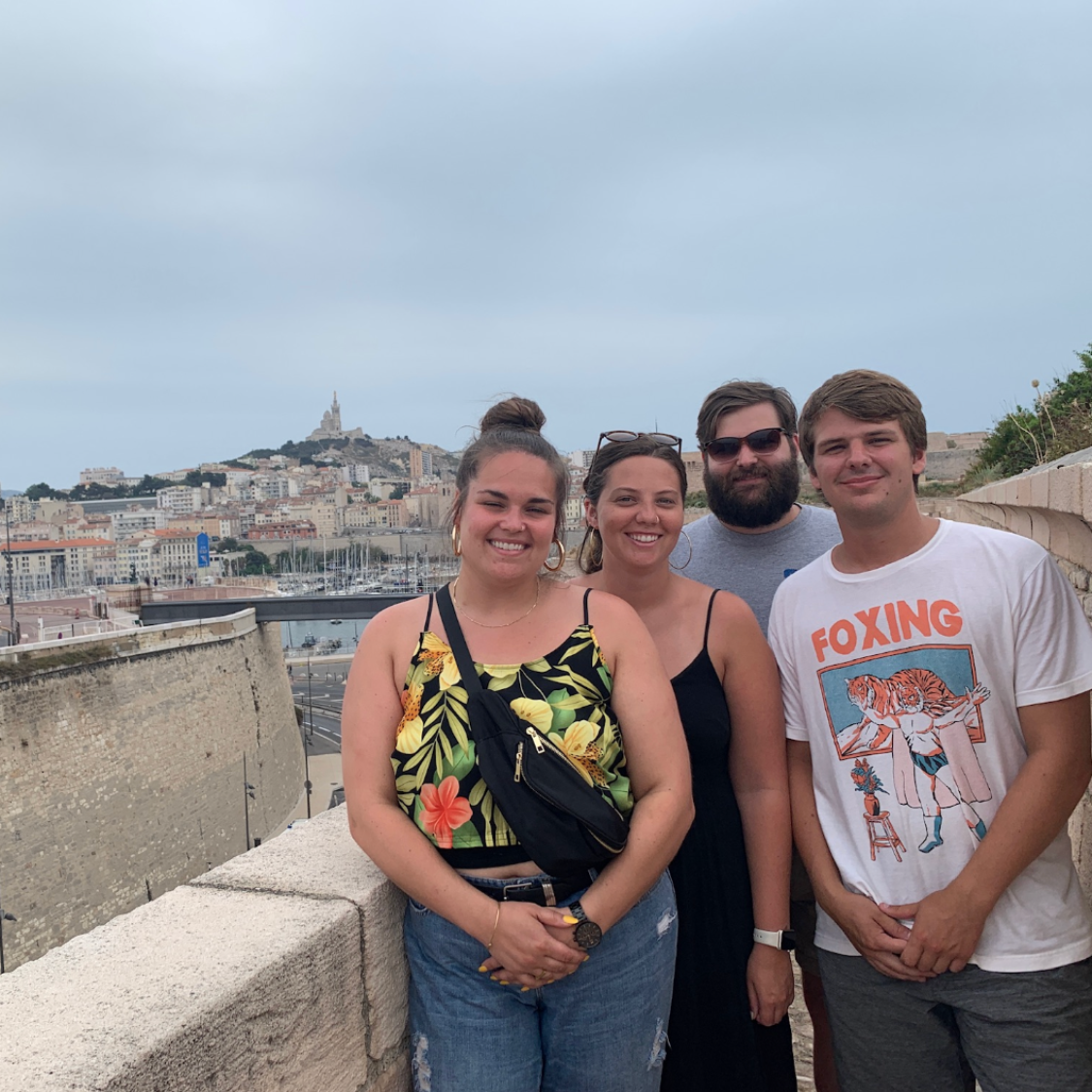
It was an amazing trip. Naturally we drank tons of amazing wine while we were there, but the one big thing I pushed on the group was a day trip to Avignon and Châteauneuf-du-Pape. They kindly obliged and we took the train up from Marseilles. It was tons of fun, though it was much more walking than we expected. If you make the trip to CdP I suggest renting a car. Enjoy the pics from our trip.
A lil History
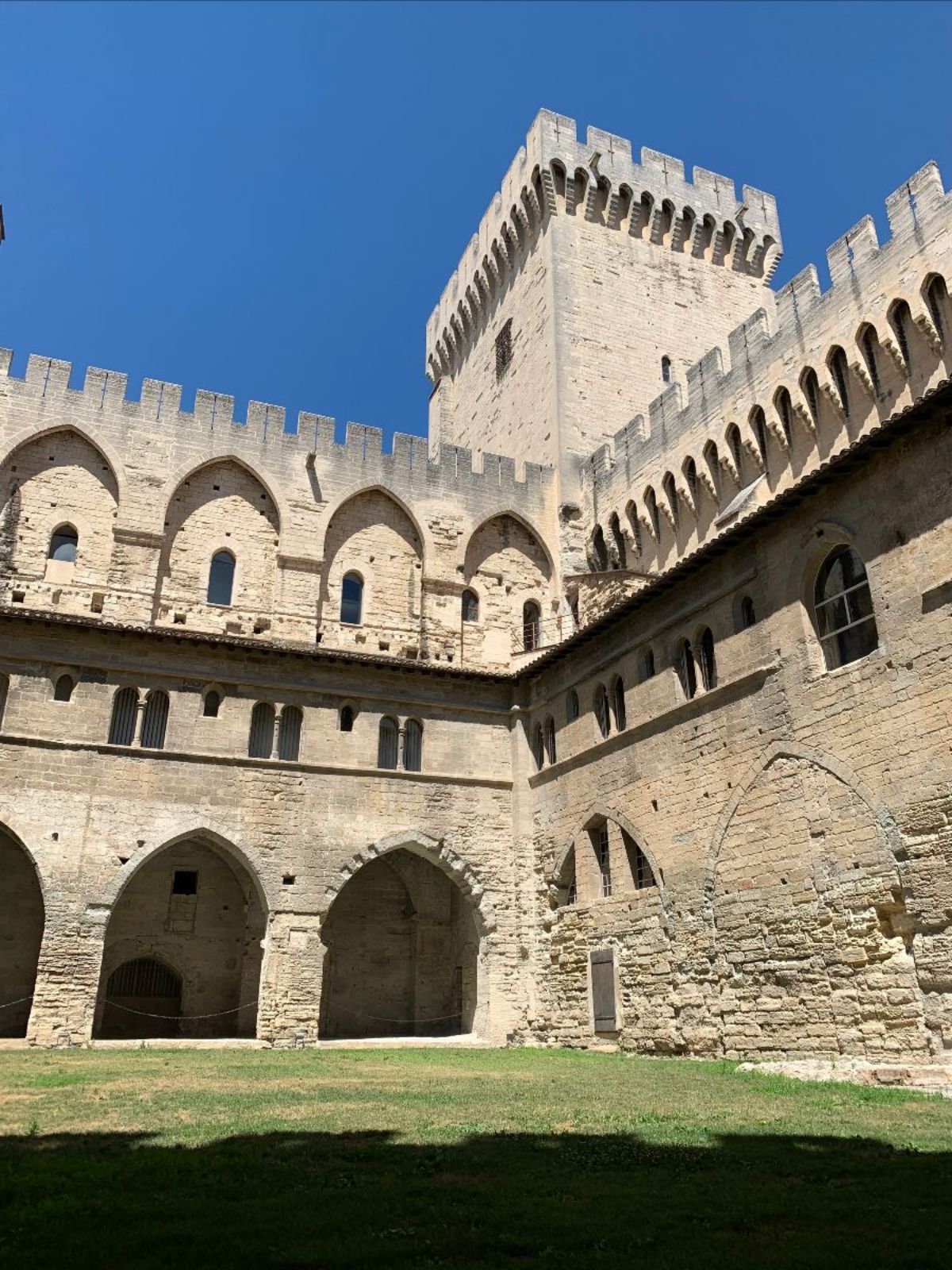
In 1309 Pope Clement V moved the Papacy to Avignon (which is currently a part of France but was not technically at the time) where it became headquartered for the following 67 years. The Popes loved Burgundy wine, and while they drank a bunch of it they also encouraged the advancement of local viticulture, especially in a perfect little place for growing a few minutes north of town called Châteauneuf-du-Pape. And BAM the rest is history. Châteauneuf-du-Pape is now considered to be the top producing AOC in the Southern Rhone. Châteaunefu-du-Pape (CdP) literally translates to "The Pope's new castle."
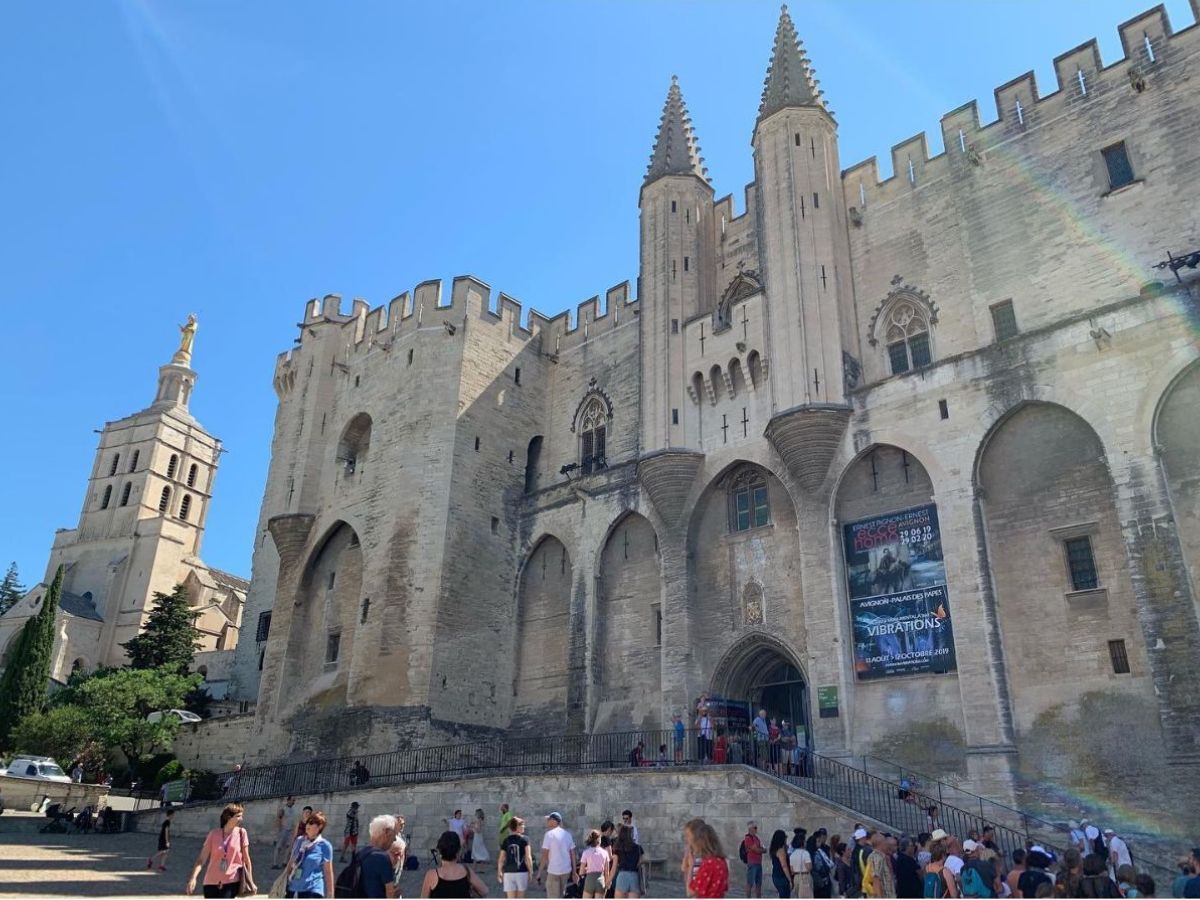
If you ever make it to the region The Palace of the Popes here is a must visit! You can see it in the pictures I took to the right. It was definitely one of the coolest historical tours I have done and those of you who know me know I love me some history. Just imagine an AR treasure hunt game that takes you back in time and you'll get a good idea of the tour.
Place and Grapes
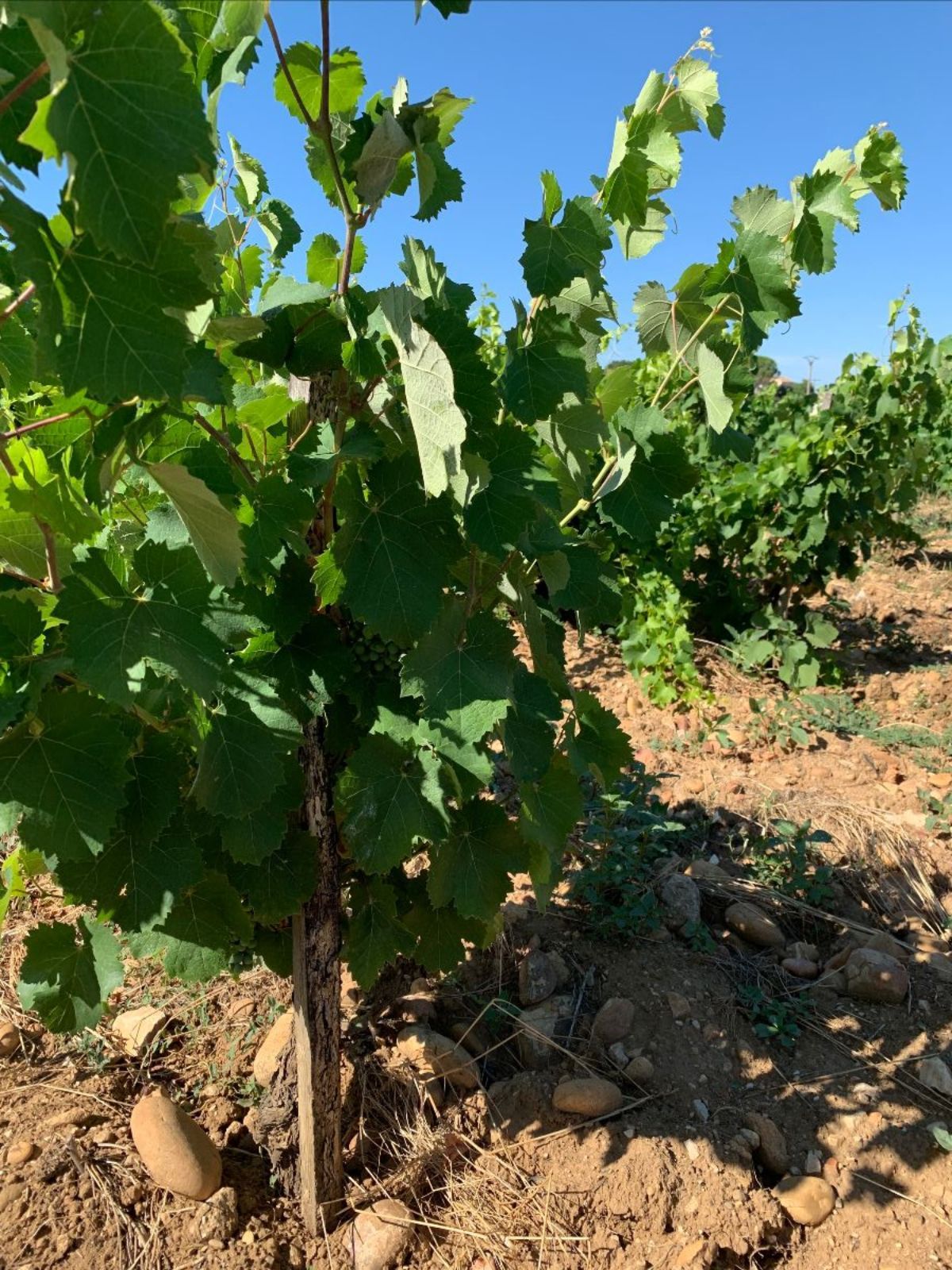
CdP is a part of the Rhone Valley and more specifically the southern Rhone where it is commonly considered to be the top quality appellation. CdP, like the rest of the southern Rhone is known for GSM blends of Grenache, Syrah, and Mourvèdre. Although these three grape varieties are the most well known, there are 15 other varieties that are also allowed in the blends, most notably Cinsault.
Most of the wine coming from CdP is red and most of that red wine is Grenache. Grenache accounts for over 70% of 8,000 acres of vines in CdP and makes up the majority of most of the red blends.
One signature feature of CdP is the stones that cover the vineyards. These galets once sat at the bottom of an ancient river bed and now keep the vines warm at night by soaking up the sun during the day. Check em out in the pics. I snagged a few from our trip that I have sitting on our bookshelf at home.
Another unique feature of CdP is that all of their bottles will have some sort of papal seal stamped into the glass. Seals vary with producer. Another fun fact - CdP became France's first AOC/AOP in 1936. We've got facts on facts on facts here, don't worry.
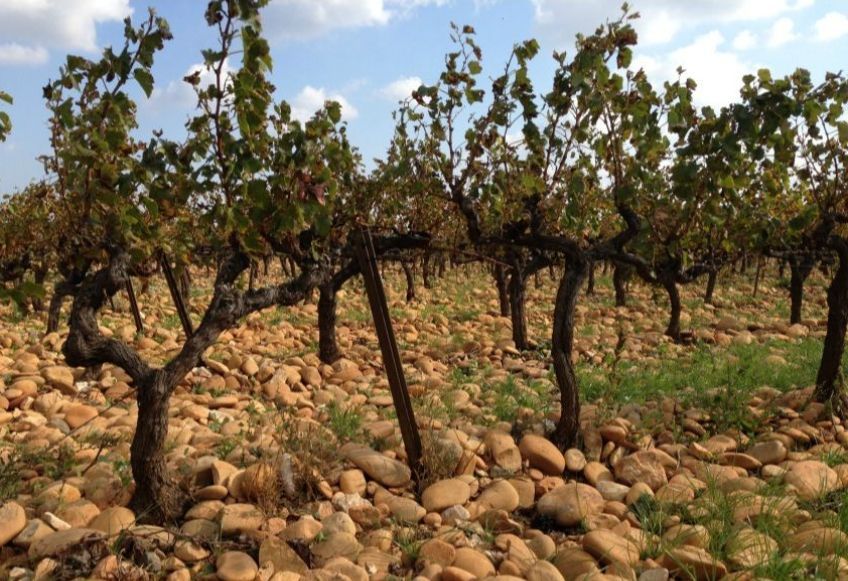
Being in the south of France, CdP can get hot. This is why you will see bush trained vines (vines not trellised but spread out and left to hang naturally). The separation ensures vines are not fighting too much for water, and the bush canopy ensures grapes are shaded from the sun and not burnt. Another balancing factor here is the Le Mistral, a crazy dry and cold seasonal wind that whips through the region and cools things off. But it's not always welcomed. With it's 100 mph+ winds the Le Mistral can take its toll on the vines. CdP, being one of the sunniest places in France, makes ripening no prob. Grenache being the most important grape of the region is a grape that can be a sensitive little guy, especially when fully ripe. Because of this producers don't use much oak, if any. Most wine is fermented in concrete and stainless steel. Although other varieties like Syrah and Mourvèdre can be aged a little in oak, Grenache is not. Another common practice in CdP is whole cluster fermentation especially with Grenache. This means that producers don't take the grapes off the stems before fermentation, which if you remember from my last letter.......................raises tannin and therefore aging potential.
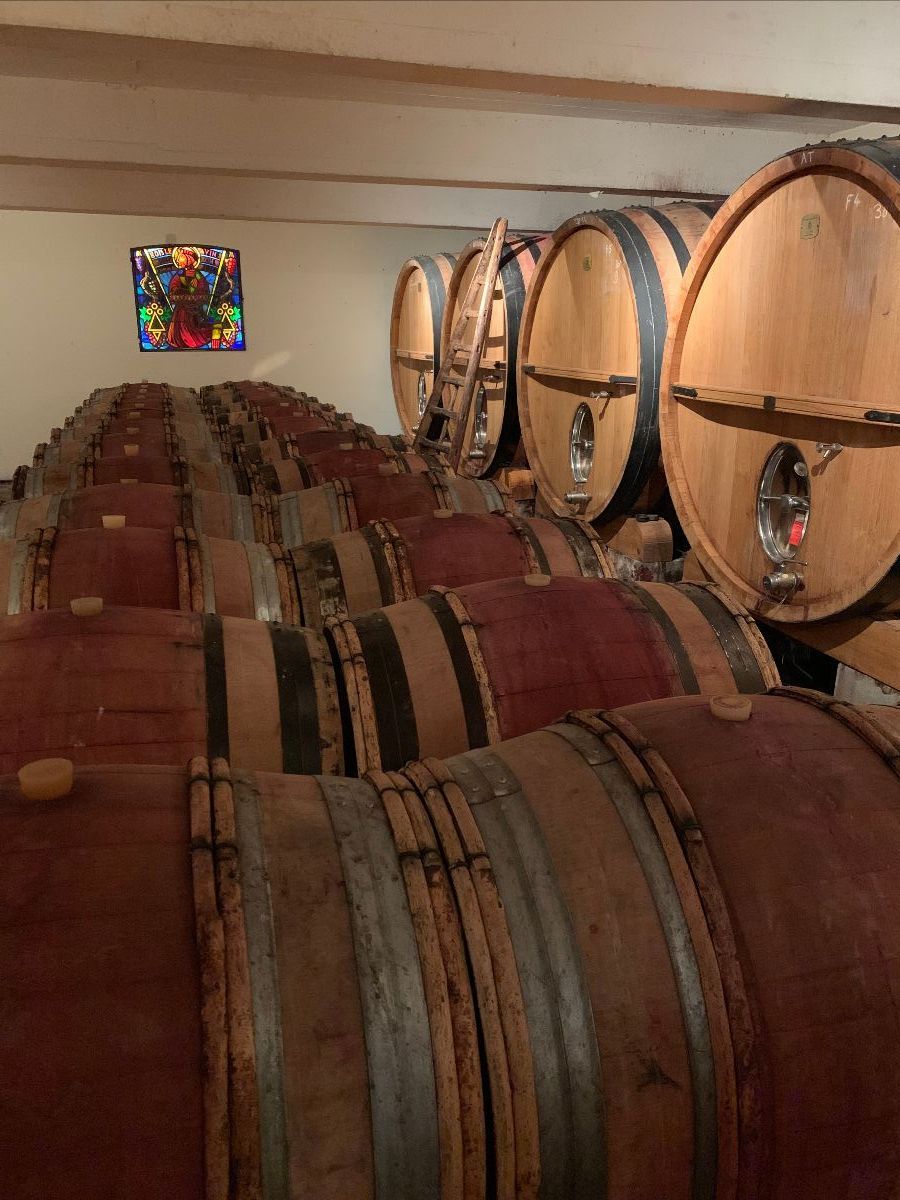
CdP, being the top AOC in the region, is not cheap. Most bottles you see will be $50+. And while it is totally worth it, it is often out of reach for most people, especially as a reoccurring bottle. That's one reason why my first suggestion is so awesome. Terres de Galets CdP 2016, named after those round stones we talked about is only $34.99. Don't be scared of it though. It's not inexpensive because it's not good. It is a great example of CdP! For those of you who haven't tasted CdP before, or for those of you who love it but rather not spend $60, this bottle is perfect for you. The red fruit and spice come through in perfect harmony.
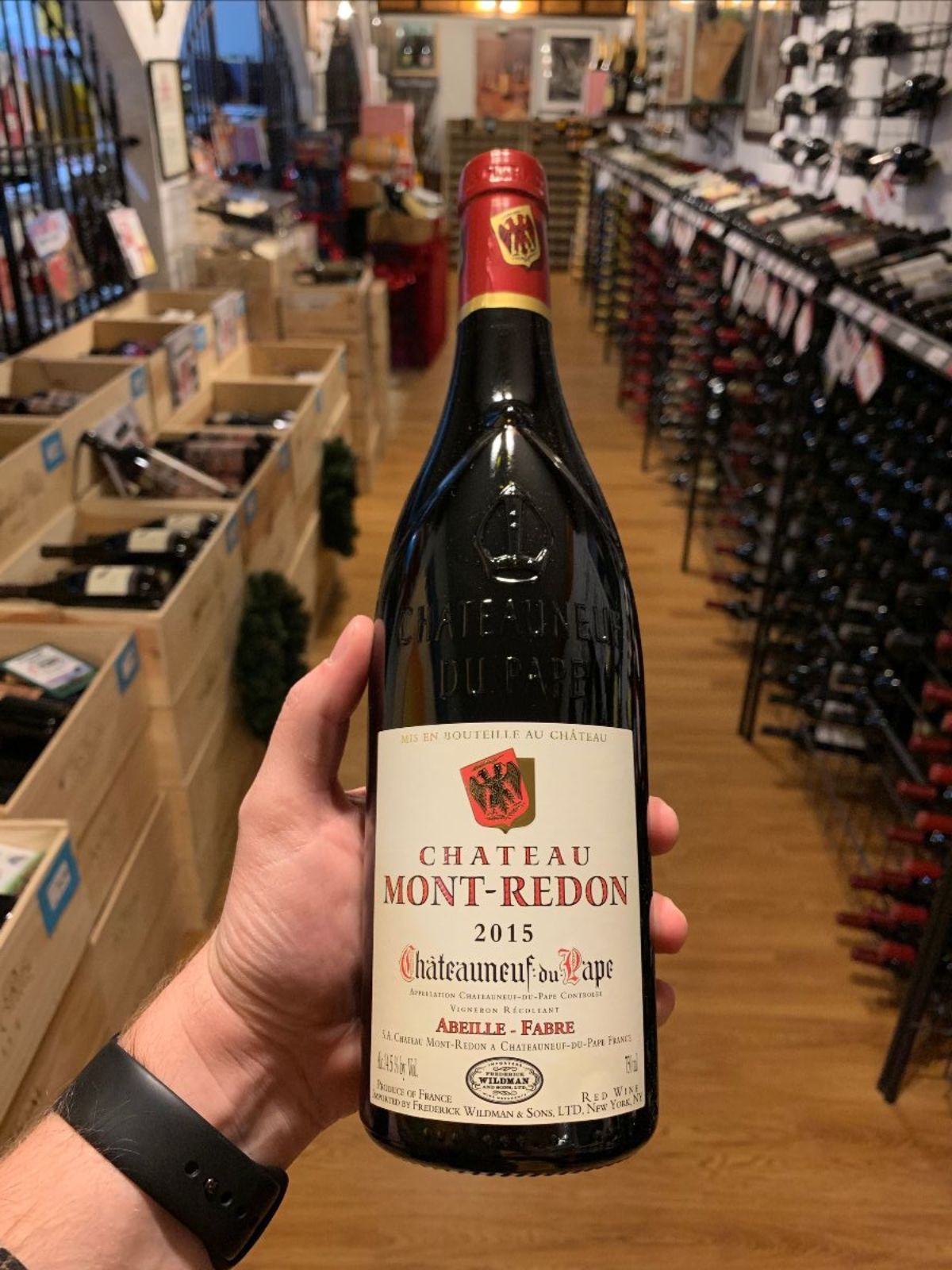
Chateau Mont-Redon is a consistent and high quality producer in CdP where vines have been planted on their property since Roman times. For four generations the estate has been owned by the Abeille and Fabre families who have grown the estate significantly, now owning nearly 200 hectares in CdP alone. Their 2015 CdP is amazing. 93 pts from Spectator - "This pumps out lush flavors of fig, blackberry and raspberry preserves, along with lively threads of licorice, warm fruitcake and ganache. Stays polished and refined throughout, with the structure thoroughly embedded. The long finish offers a nice tug of graphite." It is $54.99.
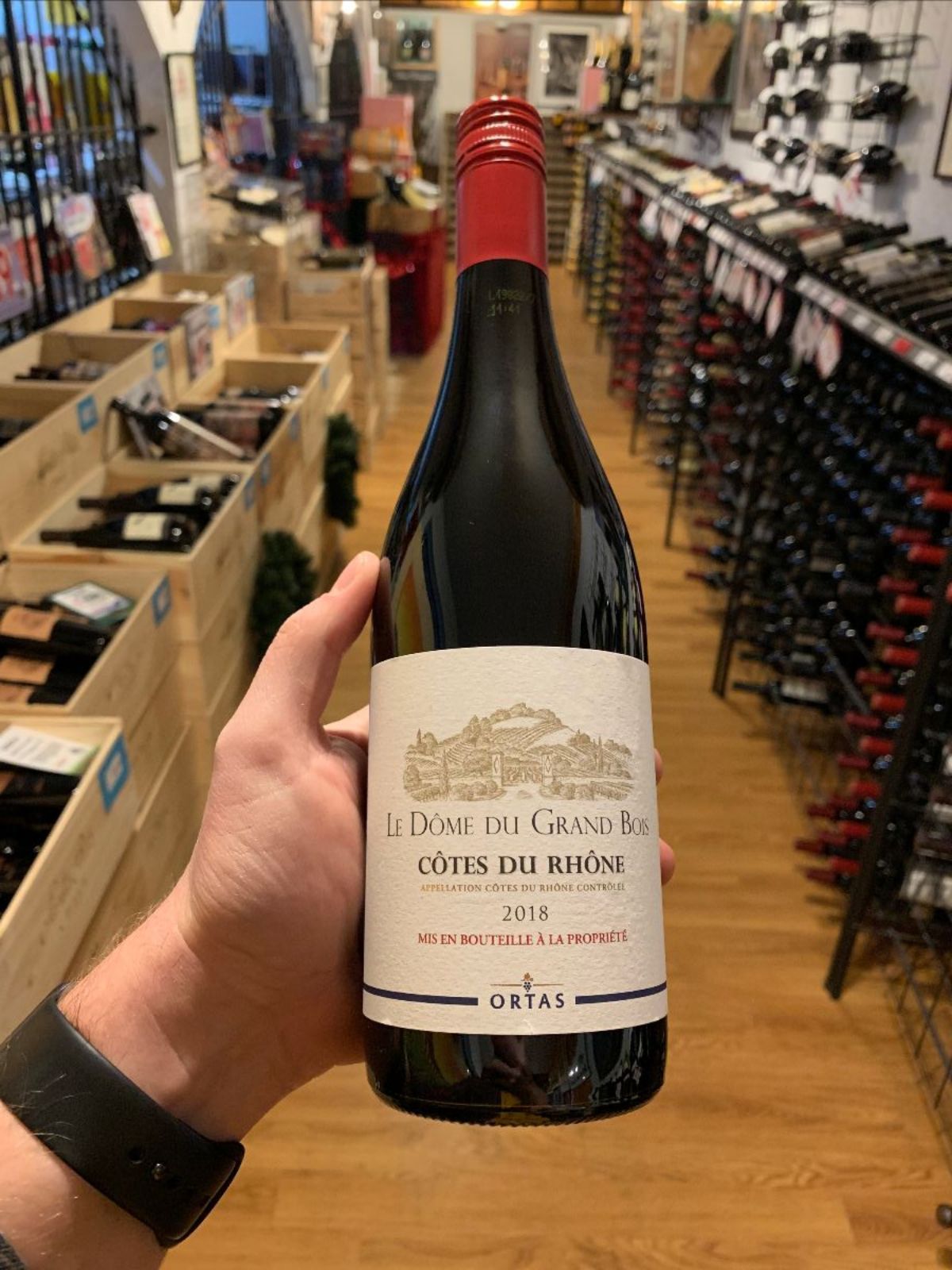
Côtes du Rhône are wines that are made in the greater Southern Rhone appellation and not in one of the 17 crus, like CdP. Côtes du Rhône wines use the same grape varieties, mostly grenache, but are often just made using quicker more inexpensive methods with grapes from less prestigious vineyards all across the region, not from one place like the CdP. Côtes du Rhône wines account for the majority of the wine that comes from this region. Most should display red fruit and spice, typical of the blend. These wines are still v tasty and v inexpensive. This bottle of Le Dome du Grand Bois 2018 knocks it out of the park and is only $12.99. Côtes du Rhône is a great way to introduce yourself to the region and Grenache based wines.
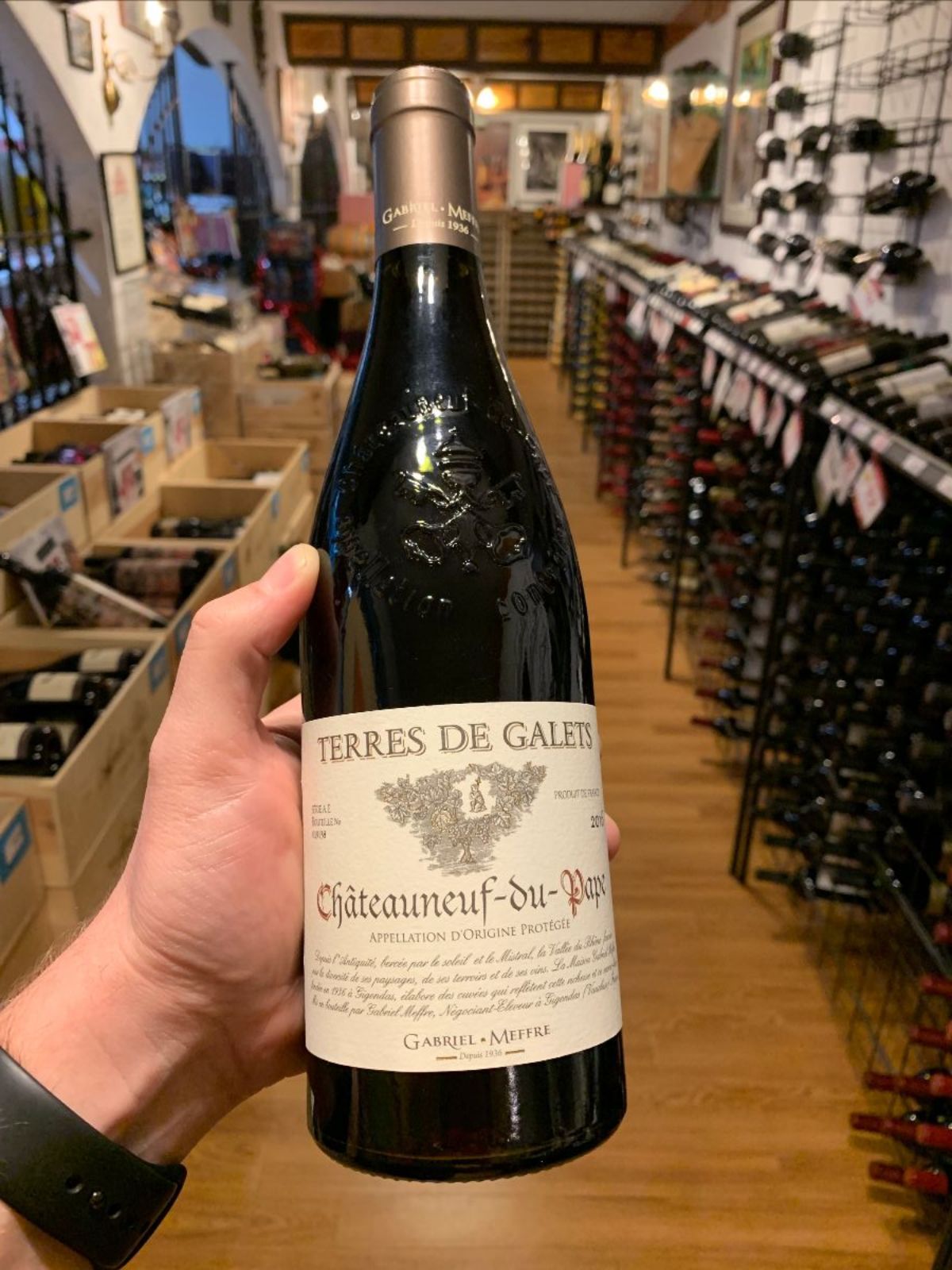
Châteauneuf-du-Pape wines can last decades and are wines you may want to decant if you can for a bit before you drink them (Even just pour it in your glass for an hour before you drink it, no need for a fancy decanter, although those are fun too)(don't decant old wine too long. Younger = longer decant time). CdP is a great holiday wine as it pairs nicely with lamb and turkey and some of those nice spiced holiday dishes. Tis' the season! Heads up- we have 2 cases of Famille Brunier's Telegramme CdP 2018 coming in this week! Come and grab a bottle before it's gone. It's a benchmark!
I hope to see you soon.
Preston
Wine Manager, WSET III
Frugal MacDoogal
Nashville, TN.
The Wine Press
